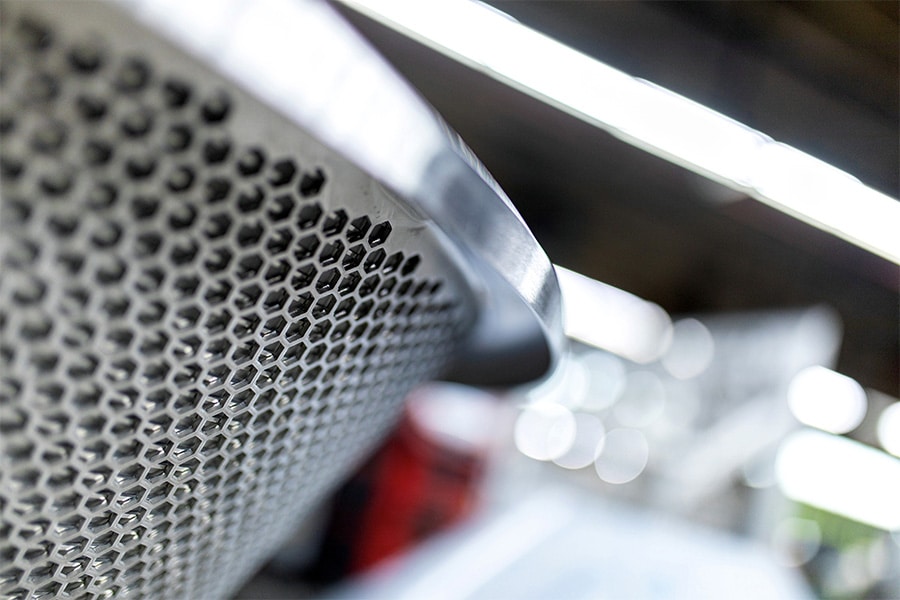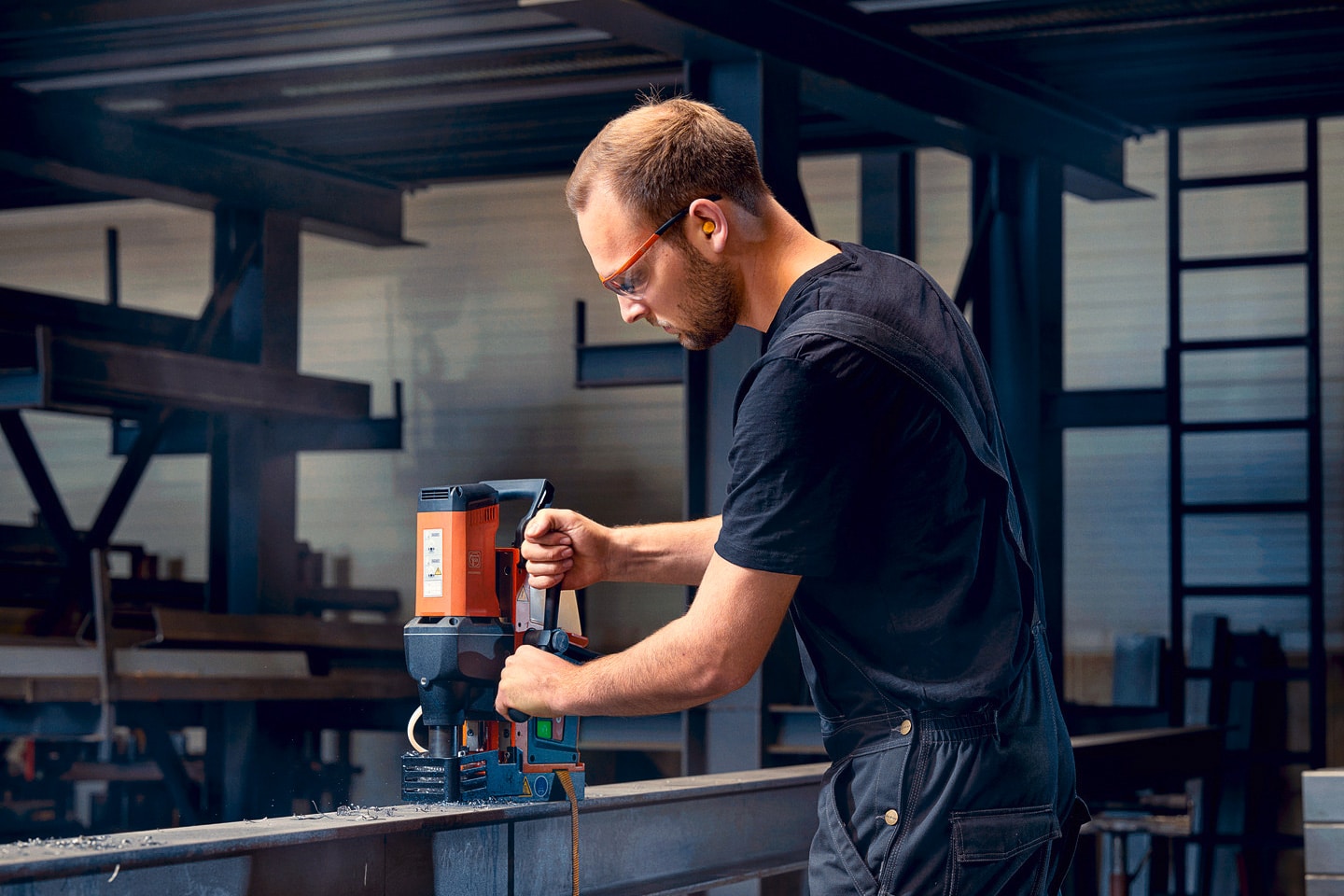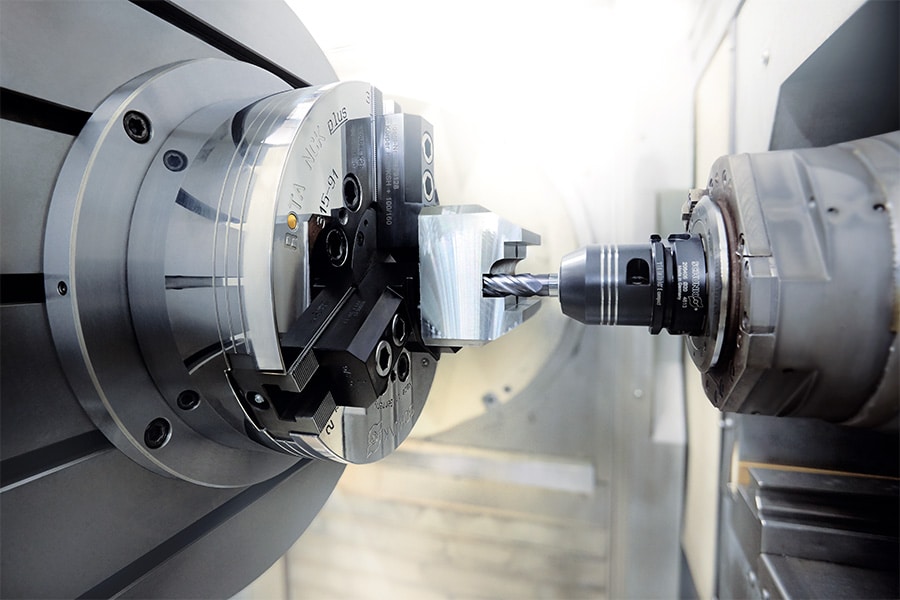
Popularity of five-axle trucks continues to rise
A great asset in modern productions because the less the piece has to go from machine to machine, the less chance of errors and downtime. Metaalvak talks to four key suppliers of five-axis machines about what the market looks like today and where it's headed.

No matter which manufacturer you poll, they all predict a bright future for five-axis cutting machines in the Benelux. "Not surprisingly, since they boast shorter cycle times, tighter tolerances for high-precision milling and higher speeds," Dirk Geleleens, sales manager Machine Tools Div. of Buhlmann (distributor Fehlmann), sums up the benefits. "And when the five axes work together simultaneously, surface quality also goes into crescendo." But what market share have they already captured today? Richard Hermans, business manager of Promas, whose portfolio includes Hedelius, estimates that about half of the machining centers going over the counter are five-axis. "But in general, the share of five-axis machines will be more around 30%. We do see that the tendency to be able to make more in one fixture remains clearly present in the market. So five-axis machines definitely have the wind in their sails, despite their higher price, just because of those functionalities."

More features but more expensive
Price obviously remains an important issue for machinists. After all, every euro invested must pay off. For a five-axis machine, you quickly put down 40 to 50% more than for about the same amount of three-axis machine. Anyone hoping that the price gap between three- and five-axis machines is going to narrow in the coming years is in for a treat. "Five-axis machines are no longer mavericks either among Belgian machinists or in the countries surrounding us. The gap that could still be closed because there were still too few orders for optimal efficiency from the manufacturers has already been closed. What you do see appearing are so-called entry-level models for five-axis machining. Models that may lose some spindle power and functionality, but can still operate simultaneously in five-axis. In our case, this is the CV5-500. You can see that the market is interested in it as a stepping stone to five-axis working," says Jean-Pierre Op De Beeck, sales manager Benelux Machine Tools at Yamazaki Mazak.

3+2 or 5?
Also, the sum of 3+2 is five. But that five-axle axle is clearly not the other. The ability to run the axes simultaneously counts as the distinguishing criterion between 3+2 and five axles, and that makes a world of difference. "A 3+2 machine often amounts to an integrated machine with a milling head that can pivot. A 'real' five-axis machine has a swiveling table with a rotary table in it and a fixed spindle," Patrick Vaesen, co-owner Bendertechniek Belgium (distributor of Matsuura, among others) explains the difference. "When it's really about accuracy, this variant will still fall short. Moreover, thanks to five-axis simultaneous machining, it becomes possible to realize pieces with a very complex design. They are therefore almost always controlled by CAD/CAM programs. Furthermore, you see more and more suppliers purchasing a five-axis machine to remain competitive." Hermans also confirms that most customers prefer a machine that can work five-axis simultaneously. "However, 90% of the applications only require the ability to work in five planes and a machine without simultaneous control is significantly cheaper."

Automation as optimization
Therefore, to really run the gauntlet and even compete with production in low-wage countries, five-axis machine tools often get automation added. It enables them to run completely unmanned. "And that certainly does not only apply to large series. With an automation solution, up to ten different products in different programs can also be run unmanned. To use a five-axis machine efficiently, the machinist must then have products, programs and tools ready to go. Bender's first question to customers is how many spindle hours they effectively achieve on the machine. Metalworkers don't always have insight into this. For example, if you only get to 6 hours of effective spindle time per day, it makes no sense to automate. What can a robot do if the machine stands still?", Vaessen points out. We hear the same story at Mazak. Op De Beeck: "Of course stand-alone machines are still being sold, although we do see that automation is clearly the answer to increasing spindle efficiency on the one hand, and filling the shortage of technically skilled operators on the other.
This is reflected in the price tag and complexity of quotations, which are now of a completely different order of magnitude than, say, ten years ago. Companies sometimes opt for a phased approach. First get to grips with the five-axle truck, then install the automation."
Different way of working
This immediately touches on a tricky point. Those who want to get the full return on their investment in a five-axle system will have to learn to look at their products and processes in a new way. "The return depends on the programming and automation capabilities at the customer. We see that programming on five-axle machines is shifting to outside the machine and therefore outside machine time. But this will require adjustment anyway," Hermans said. Geleleens also confirms this: "Anyone who has been working with three-axis machine tools for years will have to go back to training to learn how to work with five-axis control. Programming is a lot more complex and this requires both time and experience. In addition, there may be opportunities to start making products just a little differently and more efficiently."



